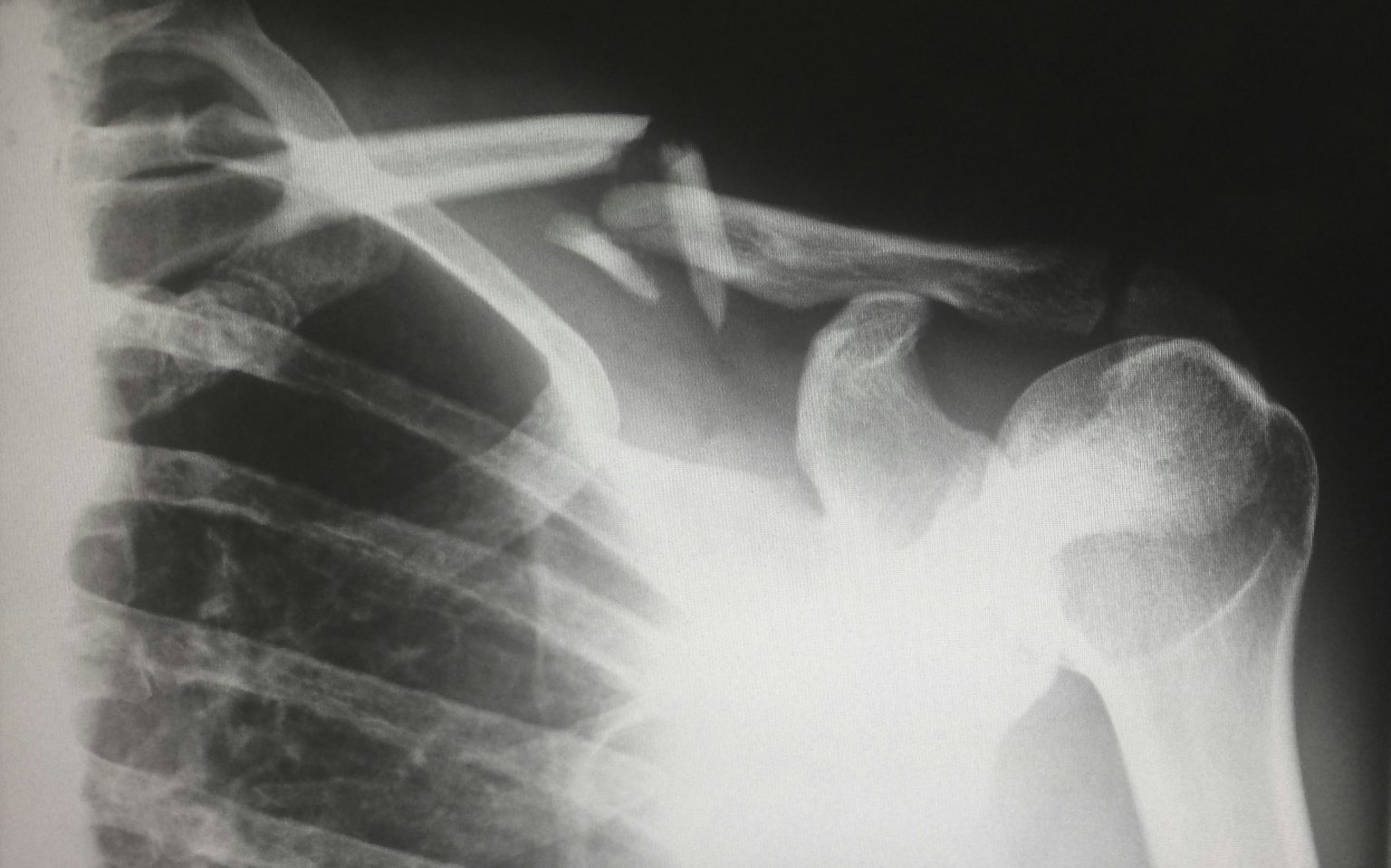The shoulder is one of the most complex joints in the human body. Its wide range of motion allows us to perform everyday tasks like lifting, reaching, throwing, or even brushing our hair. Because of this constant use and flexibility, the shoulder is also highly prone to injury, strain, and chronic wear. Whether it’s due to repetitive movements, aging, or trauma, when the shoulder begins to fail, it can significantly affect a person’s quality of life.
Common Causes of Shoulder Problems
Many people experience shoulder pain at some point in their lives, but not all pain requires surgery. In some cases, however, the damage is too significant to heal on its own. Common conditions that may lead to surgical intervention include rotator cuff tears, shoulder impingement, dislocation, frozen shoulder, labral tears, arthritis, and fractures. These issues can be caused by aging, sports injuries, accidents, or degenerative diseases.
Ignoring shoulder pain can lead to more serious problems, such as permanent loss of mobility or muscle atrophy. Understanding when surgical options are necessary is key to preventing long-term complications.
Types of Shoulder Surgery
There are several types of shoulder surgeries, each tailored to a specific issue. One of the most common procedures is arthroscopy, a minimally invasive surgery that uses a tiny camera to view and repair the inside of the joint. Arthroscopy is often used for rotator cuff repairs, labrum tears, and removing damaged tissue.
For more severe cases, open surgery or joint replacement may be necessary. Total shoulder replacement involves replacing the damaged parts of the shoulder joint with artificial components, helping to relieve pain and restore motion. Reverse shoulder replacement, which reverses the normal ball-and-socket mechanics, is often used for patients with completely torn rotator cuffs and severe arthritis.
Why Shoulder Surgery Is Sometimes the Best Option
While many people hesitate at the thought of surgery, it can be the most effective path to recovery when conservative treatments fail. Physical therapy, medications, and injections can offer temporary relief, but they don’t always address the underlying structural damage. Surgery, when done at the right time, can correct the problem and prevent further joint deterioration.
Improving shoulder function has a ripple effect on your overall physical health. With less pain and better mobility, patients can return to an active lifestyle, improve their posture, and reduce the risk of other joint issues caused by overcompensation.
The Recovery Process and What to Expect
Recovery after shoulder surgery varies depending on the procedure and the individual. Typically, patients wear a sling for several weeks to protect the shoulder. Pain is managed through medication and physical therapy begins early to maintain flexibility and prevent stiffness.
In the first few weeks, exercises are passive, meaning a therapist moves your arm for you. As healing progresses, active movement and strength-building activities are introduced. Full recovery can take anywhere from three months to a year. Staying committed to the rehabilitation process is essential for achieving the best outcome.
It’s also important to understand that recovery is not always linear. Some days will feel better than others, and patience is crucial. Being mentally prepared and having a strong support system can make the journey easier.
Long-Term Benefits of Shoulder Surgery
One of the most significant advantages of shoulder surgery is the potential for long-lasting relief and improved function. Many patients report being able to return to sports, work, or hobbies they had to give up because of pain or limited movement.
Beyond the physical improvements, there’s often a noticeable boost in mental well-being. Chronic pain can take a toll on your mood, energy, and sleep. Reducing that burden through surgery allows people to enjoy daily life again without constant discomfort or limitations.
Shoulder surgery can also help prevent further damage to the joint. By addressing the problem early, patients can avoid more invasive procedures down the road or prevent secondary issues in the neck, back, or opposite shoulder.
Choosing the Right Medical Team
Selecting the right surgeon and medical team is a critical part of the process. Look for a board-certified orthopedic surgeon with experience in shoulder procedures. A good medical team will take time to explain the diagnosis, walk you through the surgical process, and outline a realistic recovery plan.
Pre-operative consultations are your chance to ask questions, express concerns, and understand what to expect. Trust and communication with your surgeon can make a big difference in how confident and prepared you feel going into surgery.
Conclusion: Taking Control of Your Shoulder Health
Shoulder surgery might sound intimidating, but it is often a life-changing step toward regaining independence and comfort. Whether you’re dealing with a sports injury, chronic condition, or acute trauma, surgery can provide a new beginning when other treatments have failed.
The key is early action. Listening to your body, seeking medical advice, and exploring your options early on can lead to better outcomes. If your shoulder pain is holding you back from living fully, surgery could be the solution that brings strength and freedom back into your life.

